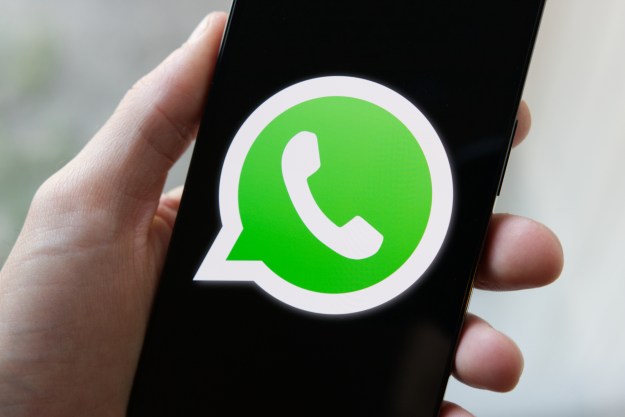Well, here’s one way to start a week off on the wrong foot: Facebook, Facebook Messenger, WhatsApp, and Instagram were all down for several hours on Monday. Yes, completely down. Starting at roughly 9 a.m. PT, Downdetector started to show a sharp spike in reports of outages — though as we look back, users were discussing unsent messages and broken apps even earlier.
As of 4 p.m. PT, the services had for the most part returned to working order, albeit with some cobwebs left to shake out, leaving everyone collectively scratching their heads and wondering how an outage of this scale happened.
The outages hit the websites, apps, and related services of everything in the Facebook network. And this wasn’t some small or regional issue — this was every service, in every location, completely dead.
Just in case you were wondering how unexpected this outage was, it took quite some time before any official communications went out, and when they did, they were quite sparse. WhatsApp, Instagram, and Facebook communications teams all went to Twitter (of course) to drop “it’s not just you” messages.
*Sincere* apologies to everyone impacted by outages of Facebook powered services right now. We are experiencing networking issues and teams are working as fast as possible to debug and restore as fast as possible
— Mike Schroepfer (@schrep) October 4, 2021
What caused the Facebook outage?
Many people have started to piece together the core of what happened to Facebook, and it’s simple to understand at first but excruciatingly technical to grasp fully. The best explanation points to
DNS is basically an address book for the internet, a place where web browsers and apps can find out where to route their traffic if they want to find Facebook, Messenger, WhatsApp, or Instagram. It looks as though a serious problem with
Adding to the pain is the likelihood that all of Facebook’s internal systems were also wiped out in the process, making recovery incredibly difficult.
Confirmed: The DNS records that tell systems how to find https://t.co/qHzVq2Mr4E or https://t.co/JoIPxXI9GI got withdrawn this morning from the global routing tables. Can you imagine working at FB right now, when your email no longer works & all your internal FB-based tools fail?
— briankrebs (@briankrebs) October 4, 2021
Cloudflare has posted an in-depth explanation of just what went wrong at Facebook, with a whole bunch of added details on how this part of the internet works in general. It’s well worth a read if you really want to get nerdy and take in more than you ever thought you’d learn about the internet today.
At this time, there’s no indication that this incredible outage is the result of any malicious actor or attack, though given the scale of the problem, it’s easy to let your mind wander and think about how the heck this could happen to the multibillion-dollar company. Of course, most people simply spent the day on Twitter making fantastic jokes at Facebook’s expense.
Editors' Recommendations
- Meta’s ChatGPT killer is taking over your favorite apps
- How to know if someone blocked you on WhatsApp
- WhatsApp now lets you send self-destructing voice messages
- WhatsApp used to be one of my favorite apps. Now, I can’t stand it
- Lapse app: what you need to know about the new Instagram killer


